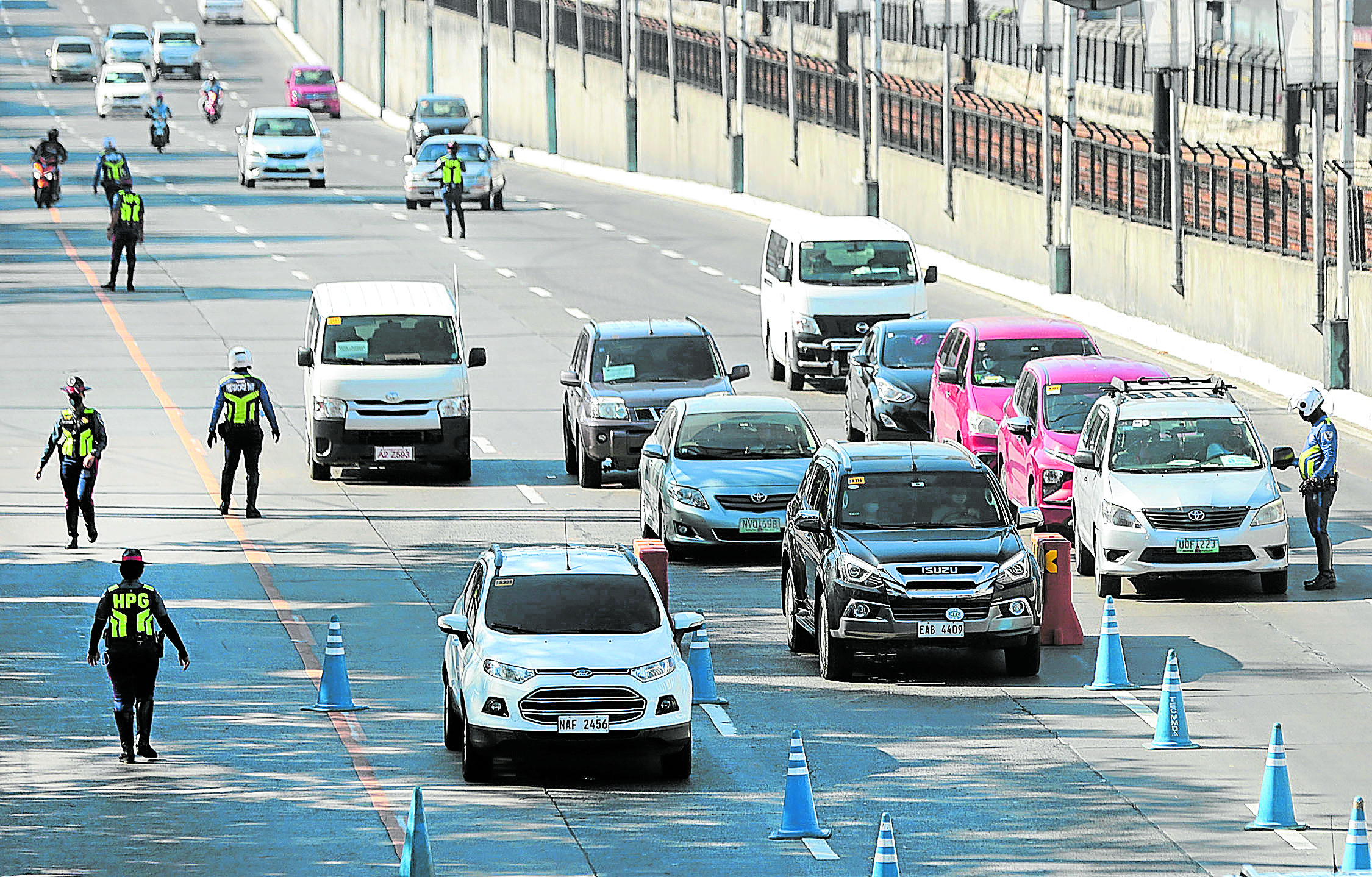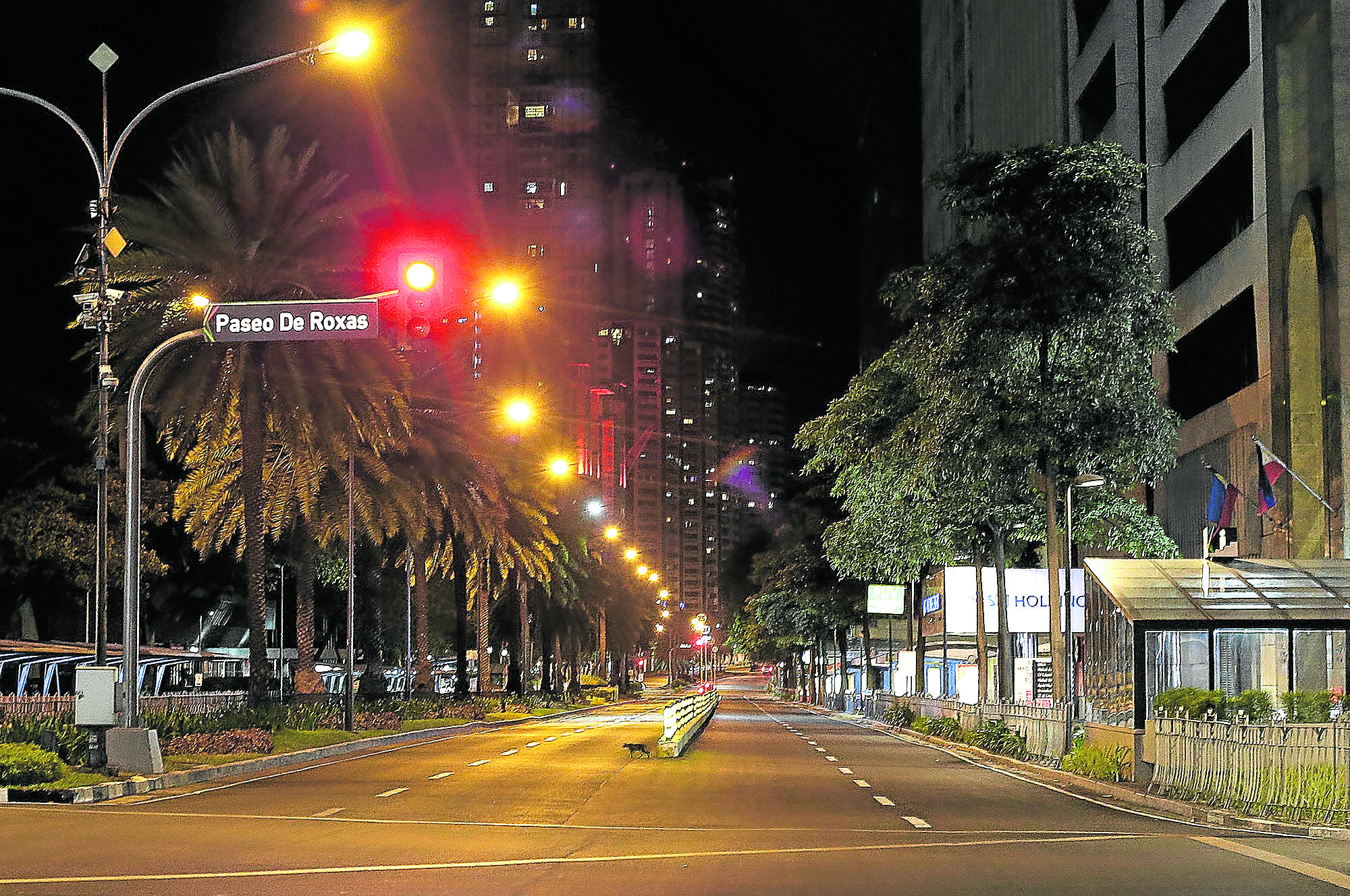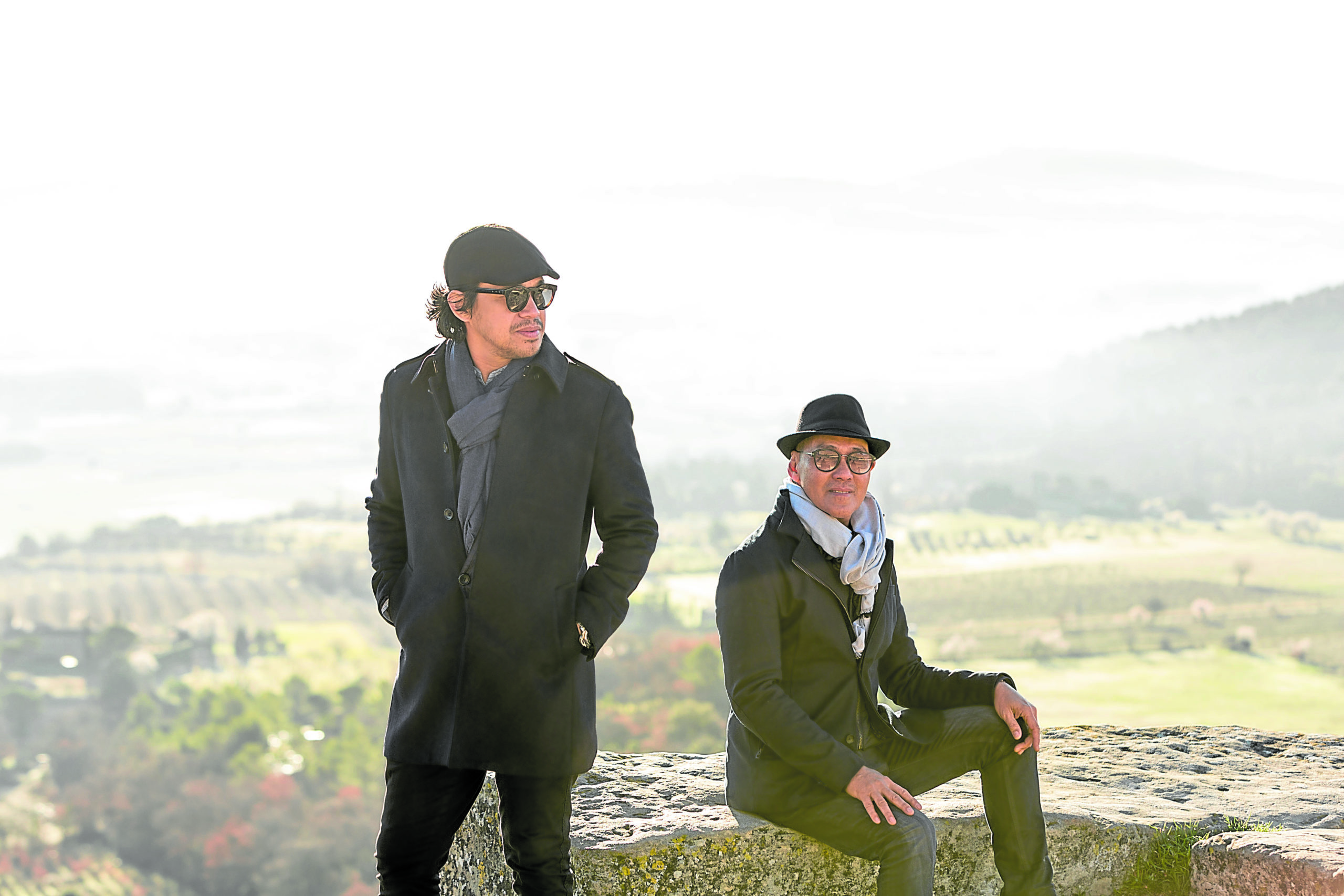
What will “the new normal” look like?
The new coronavirus disease (COVID-19) will alter our world and the way we live in it in ways that we can only begin to comprehend now.
Until an effective vaccine is found or enough of us get infected that we develop herd immunity, most experts believe that social distancing is here to stay.
That might sound like the end of our garrulous, outgoing, touchy-feely Filipino way of life as we embrace working from home, distance learning, online shopping and virtual everything.
Then again, suggests architect Royal Pineda, we can also choose to look at it as a golden opportunity to fix what was wrong with the old normal, through thoughtful design.
The principal architect and CEO of Budji+Royal, proponents of modern Filipino architecture best known for the New Clark City, among other high-profile projects, Pineda is also cochair of the Design Advisory Council of the Philippines.
He and his firm are engaged in consultations with the government on “transition architecture”—formulating the design guidelines that will determine what the new normal will look like.
Work in progress
It’s a work in progress, he says. But it all hinges on good design.
“Creating new solutions to better living” is the mantra at Budji+Royal. He points to New Clark City as example.
“We designed the buildings for resiliency and flexibility,” he says.
They were anticipating typhoons and other natural calamities, but the design flexibility built into the structures allowed them to be adapted easily to the pandemic’s needs. Converting the stadium into a quarantine center, for instance, was done in record time.
Pineda points out that Aquatics and Athletics stadium in New Clark City has lifetime antibacterial toilet fixtures. These were installed for the welfare of the athletes and the public for last year’s Southeast Asian Games (SEA Games), but during COVID-19, these features made disinfection much simpler.
Mobility is another area where good design plays a critical role.

Since crowded trains, buses and jeeps where people are sardined will no longer be an option in the post-COVID 19 world, there is need to find safe new ways to move large numbers of Filipinos every day if our economy is to be revived.
Edsa will remain as the “spine” of Metro Manila, says Pineda, but instead of the already overloaded Metro Rail Transit (MRT), one solution might be the long-planned bus rapid transit (BRT) system, with its dedicated bus lanes.
This will have to be modified, says Pineda, to allow social distancing. For instance, the stations can be situated at crossroads, so that passengers can line up safely, rather than being crowded together in stations.
Pedestrianization
The quarantine has also demonstrated how efficient bicycles can be a mode of transport, with front-line workers using them for commute. A system of dedicated bicycle lanes could form part of an integrated transportation system in the future, with well-thought out provisions for parking and locking.
Steps should be taken to make parts of the city more walkable, as well as bikeable.
Pedestrianization is an idea that has already been tested at the Ayala Center and Bonifacio Global City, says Pineda.
The distance from Shaw Boulevard to Ortigas Avenue, for instance, can easily be walked, but as things stand, it’s almost impossible because of the lack of sidewalks, crossings and the number of obstacles that pedestrians have to navigate.

A system of scaffolding, says Pineda, could be a cost-efficient solution to creating a network of walkways, which will make the entire area more walkable, eliminating the need for public or private transport. This can be installed outside existing structures, with minimal modifications. With good design, says Pineda, solutions to mobility problems need not be expensive or require huge infrastructure spending.
The way we use public spaces will also be fundamentally altered by the need for social distancing, he says.
Pineda says he expects the “new normal” to come in two distinct phases: the first, after the quarantine is lifted, and the second, after a vaccine is discovered or we develop herd immunity—whichever comes first.
Any design solution, says Pineda, should take modern Filipino sensibility and sensitivity into account. Creativity should allow us to gain the space we need to comply with social distancing requirements.
He calls this approach “practical luxury.”
“Good design need not be expensive,” he says. “The luxury is in the design. If you can make it pleasant and beautiful at the same time, why not?” INQ








































